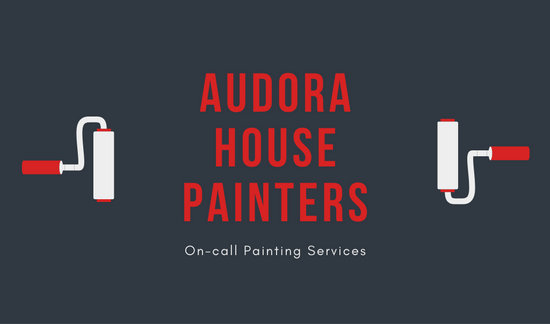Check Out The Connection Between Climate Elements And The Success Of Your External Painting Job To Achieve A Flawless Result
Check Out The Connection Between Climate Elements And The Success Of Your External Painting Job To Achieve A Flawless Result
Blog Article
apartment painting -Greenwood Thuesen
Comprehending exactly how weather conditions can affect the result of an outside paint venture is vital for attaining a perfect coating. From temperature variations modifying paint attachment to humidity levels affecting drying out times, each component of climate plays a significant duty in the success of your job. In addition, wind speed and rainfall can introduce unexpected obstacles that may compromise the top quality of the outcome. As we navigate via the nuances of climate's impact on external painting, it comes to be obvious that careful planning and calculated timing are important for making certain a professional and long lasting result.
Ideal Temperature Level Array for Paint
When taking into consideration exterior paint jobs, the ideal temperature variety plays a critical function in accomplishing ideal results. Paint in the ideal temperature conditions makes certain that the paint adheres properly to the surface, dries out uniformly, and treatments efficiently. Usually, the recommended temperature array for outside paint is between 50 to 85 degrees Fahrenheit.
Paint in temperatures below 50 degrees Fahrenheit can bring about issues such as bad paint adhesion, prolonged drying out times, and a boosted likelihood of splitting or peeling.
On the other hand, painting in temperature levels above 85 degrees Fahrenheit can create the paint to completely dry as well swiftly, causing blistering, bubbling, and an irregular finish.
To accomplish the very best outcomes, it is necessary to check the weather report prior to beginning an outside painting task. Ideally, aim to paint throughout moderate weather with modest temperature levels and low moisture degrees.
Results of Moisture on Paint Drying
Moisture levels significantly affect the drying out process of paint put on exterior surfaces. High humidity can lengthen the drying time of paint, causing prospective problems such as trickling, streaking, or perhaps the development of bubbles on the painted surface. Excess moisture airborne reduces the evaporation of water from the paint, impeding the healing procedure. This is specifically bothersome for water-based paints, as they rely on evaporation for drying out.
On the other hand, low humidity degrees can also impact paint drying out. Very completely dry conditions may trigger the paint to dry too swiftly, bring about poor adhesion and a harsh finish. In such cases, including a paint conditioner or spraying a great haze of water airborne can help regulate moisture levels and enhance the paint outcome.
To make certain ideal drying problems, it is a good idea to paint when the humidity degrees vary between 40% and 50%.
Tracking humidity degrees and taking ideal measures can help attain a smooth and durable paint finish on exterior surfaces.
Wind and Rainfall Considerations
Wind rate and rainfall are crucial aspects that substantially influence the success of an exterior painting task.
When it pertains to wind, both rate and instructions are vital factors to consider. High wind rates can cause paint to completely dry too promptly, resulting in a substandard do with possible issues like splitting or irregular structure. Additionally, factory painting services can lug particles that may adhere to the damp paint, resulting in flaws. As a result, painters should aim to work with days with light to moderate winds for ideal paint conditions.
On the other hand, rainfall, whether rain or snow, can be exceptionally detrimental to the outcome of an outside painting job. Wetness from rainfall can impede paint attachment, causing peeling and bubbling over time. It is vital to stay clear of paint during stormy or snowy climate to ensure the long life and high quality of the paint task. Painters must additionally enable ample time for the surface to dry completely after any kind of rainfall before commencing or returning to the painting process.
visit the next internet site
To conclude, climate condition play a significant role in the outcome of an exterior paint project. The perfect temperature array, moisture degrees, wind rate, and rainfall all add to the success or failure of the paint task.
It is necessary to consider these variables and strategy as necessary to guarantee proper paint bond, drying times, and overall high quality of the completed product.
